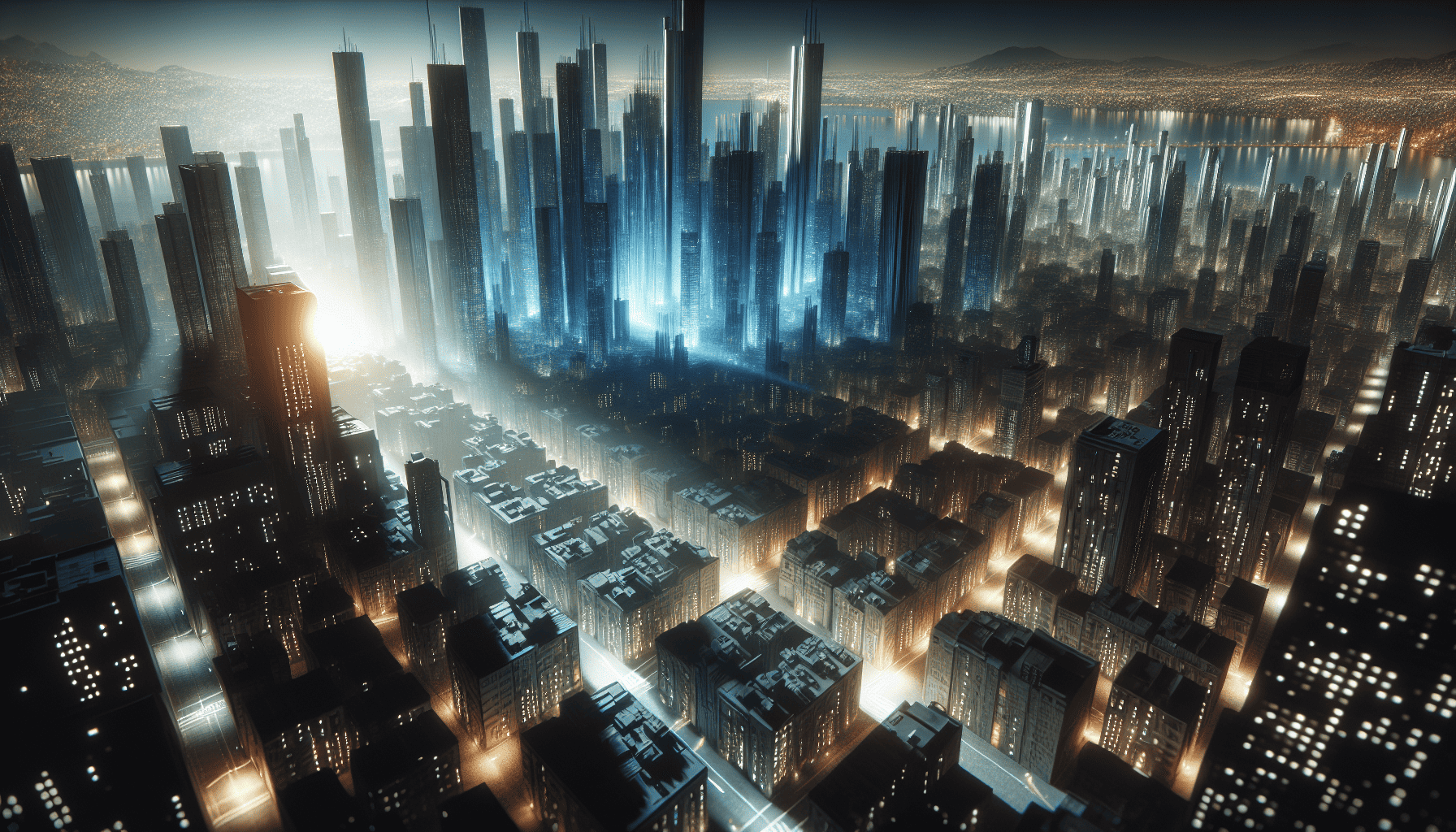In the evolving landscape of gaming, the relentless march of technology has consistently blurred the lines between virtual environments and reality. At the heart of this transformation lies one of the most awe-inspiring advancements: hyper-realistic graphics. These cutting-edge visuals are redefining the gaming experience and offering players an unprecedented level of immersion.
Hyper-realistic graphics have become a hallmark of next-generation gaming. Leveraging groundbreaking technologies such as ray tracing, advanced shading techniques, and high-fidelity textures, developers are crafting worlds that do more than just simulate; they captivate. Ray tracing, in particular, has been a game-changer, enabling real-time rendering of light and shadows in a manner that closely mimics the natural world. This technology enhances the depth and richness of virtual environments, creating scenes where light interacts with surfaces in a complex, believable manner.
High-resolution textures and improved polygon counts are further elevating game realism. These advancements allow for intricately detailed environments where every nuance, from the rust on a armor suit to the reflections in a drop of water, is rendered with stunning clarity. As a result, players are not just observing these details but are becoming part of them, with gameplay experiences that feel tactile and engaging.
The advent of advanced motion capture technology has also been pivotal in achieving this realistic portrayal. By capturing the intricacies of human movement and emotion, developers can create characters that not only look lifelike but also exhibit behaviors and expressions that resonate with players on a deeper level. These virtual personas are increasingly capable of conveying a gamut of emotions, bringing storylines to life with an emotional depth previously unattainable in gaming.
Beyond the technological components lies the artistic vision behind these virtual worlds. Game artists are pushing the boundaries of creativity, experimenting with photorealism while still imbuing their worlds with unique stylistic elements. This fusion of technical prowess and artistic ingenuity results in games that are as much a feast for the eyes as they are a testimony to human creativity.
The implications of these hyper-realistic graphics extend beyond mere aesthetic appeal. As graphics continue to advance, they are fostering new forms of storytelling that leverage this realism to create more intricate, immersive narratives. Players are no longer passive observers but active participants in unfolding stories, forging emotional connections with the game world and its inhabitants.
Furthermore, the realism of these graphics has promising applications beyond entertainment. Fields such as virtual training, simulation, and architectural visualization are already beginning to harness this technology to create more effective, engaging experiences. These applications hint at a future where hyper-realistic graphics will become a foundational element in a wide range of industries.
As we stand on the brink of full immersion in virtual worlds, the excitement among gamers is palpable. The progress in hyper-realistic graphics is not merely an enhancement of visual fidelity; it is an invitation to explore new realities where the boundaries between the physical and digital continue to dissolve. The future of gaming, with its potential for innovation and boundless creativity, promises to be nothing short of revolutionary, offering experiences that were once the realm of science fiction.
